Getting to know national monuments and historical places in Portugal from your computer, tablet or smartphone is one of the virtual tours advantages. This is a very interesting, quick and economical way to get to know incredible places and, in many cases, it whets the appetite for an “in loco” trip. Virtual reality is increasingly in vogue and offers multiple possibilities to explore various cultural landmarks in a very detailed way. All About Portugal presents you with 10 suggestions of emblematic places that you can discover without leaving your home or anywhere else, as long as you have access to the Internet. There are very exciting proposals that allow the user to feel almost as if he were physically in the monuments, being able, in addition to seeing high resolution images, to take photographs and even listening to real sound.
Brejoeira Palace, Monção

This manor house is one of the “ex libris” of this village in Alto Minho that borders Spain. Built at the beginning of the 19th century, this beautiful Palace has a neoclassical style with some Baroque influences and has been a National Monument since 1910. In the virtual tour it is possible to observe the magnificent façade and the splendid garden and woods that surround it, as well as explore its interior in detail and appreciate the neoclassical decoration of the rooms. The chapel and theater can still be seen. The Brejoeira Palace is also a reference in the production of the famous Alvarinho wine, very typical of northern Portugal. Not neglecting the potential of virtual visits, the possibility of having a wine tasting is an extra reason that justifies a personal visit. Click here to visit.
Theatro Circo, Braga
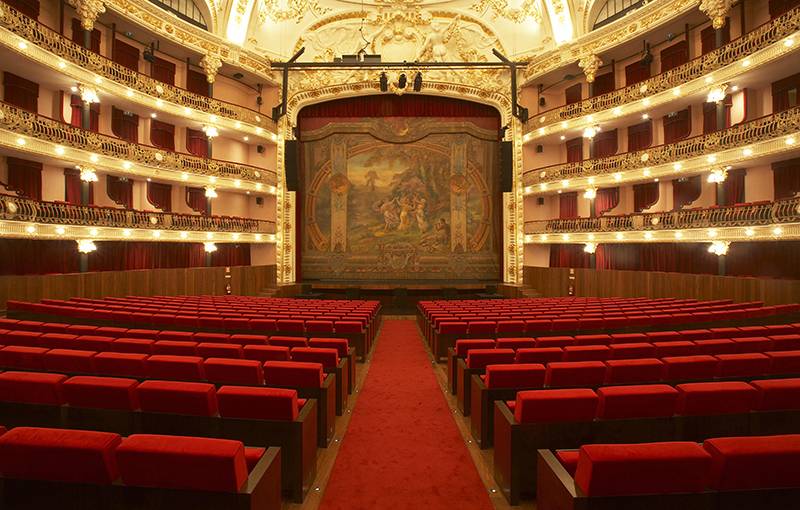
Located on the beautiful and flowery Avenida da Liberdade, it is a historic concert hall and a reference in the cultural agenda of the city. Opened in 1915, it underwent remodeling and restoration works in the late 1990s and reopened in 2006, and its interior and exterior beauty remaining intact. Virtual reality allows for a very accurate experience of the beauty and grandeur of the Main Room, with capacity for almost 900 people, where the ceiling work and the grandiose lamp strategically placed in the center stand out. It also allows to see other spaces such as the foyer, the Main Hall and the Small Auditorium with 236 seats. Some consider Theatro Circo one of the most charismatic concert halls in Portugal and it is part of the Iberian Network of the European Route of Historic Theaters. Click here to visit.
Clérigos Tower, Porto
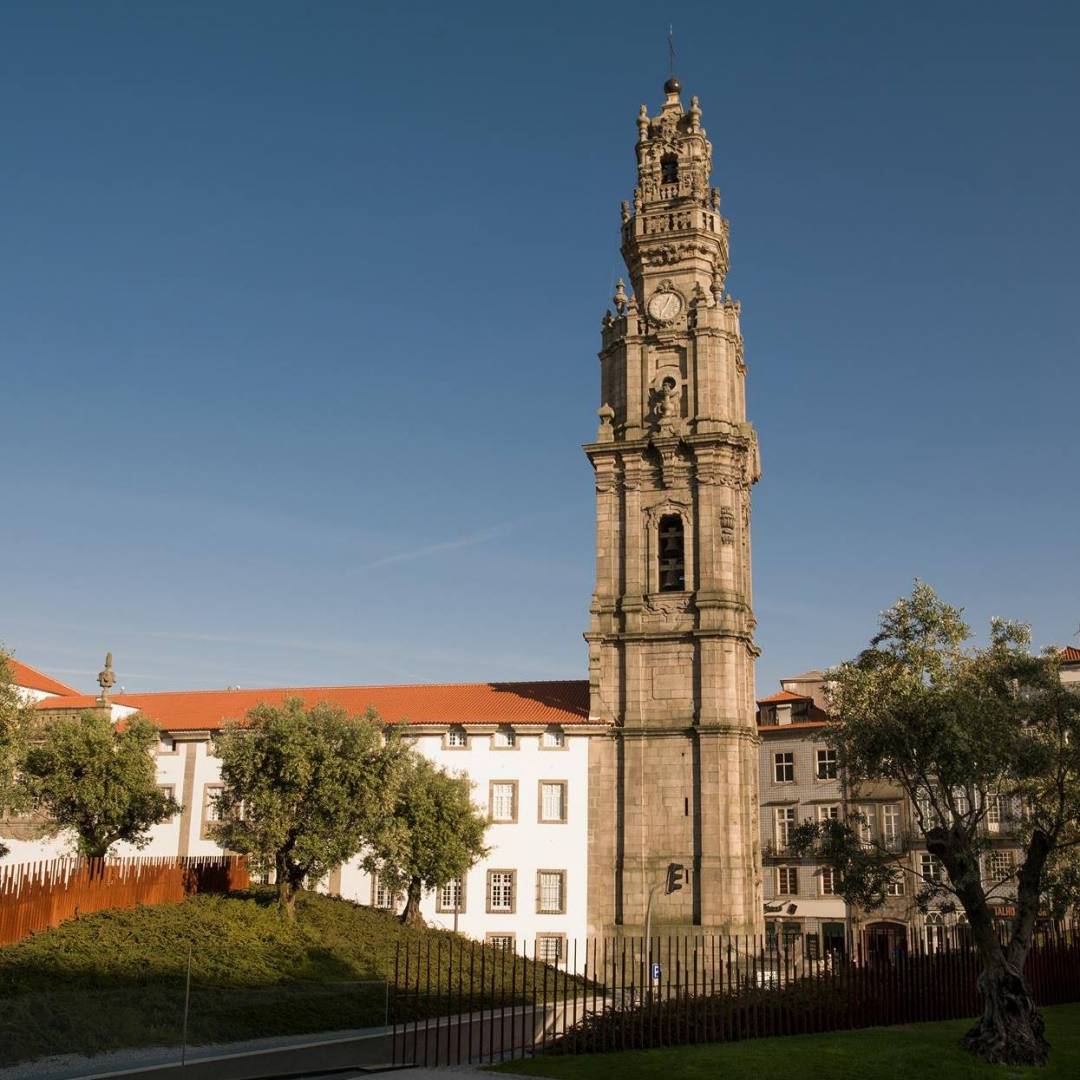
Imagining yourself at the top of this iconic building in Porto, 75 meters high, enjoying a wonderful view, from different perspectives, is one of the possibilities that virtual tours provide. The Tower, which is located in the center of Cidade Invicta, is, in fact, a spectacular viewpoint, which has been a hallmark of this National Monument since 1910. “Visitors” can see some of its 225 steps and appreciate, in addition to to be able to “photograph”, spaces such as the Noble Hall, the Museum, the Safe Room and other thematic areas, as well as the Church. Built in the early 18th century, the Clérigos architectural complex is Baroque-inspired. Click here to visit.
São Pedro do Sul Thermal Baths
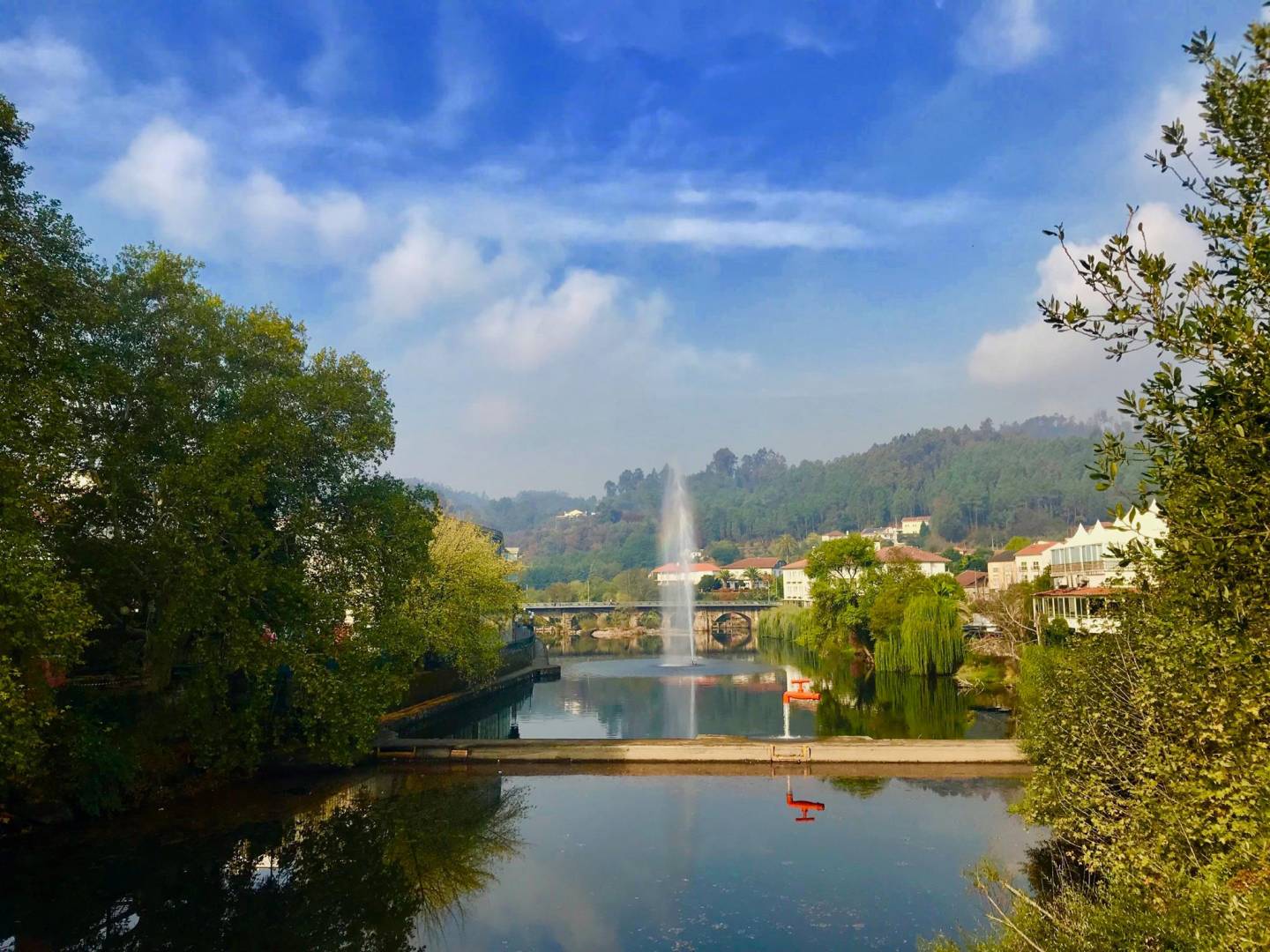
São Pedro do Sul is a village in the district of Viseu, well known for its spa, one of the main ones in Portugal and the Iberian Peninsula. The Spas are open throughout the year and are suitable for the treatment of various pathologies, from musculoskeletal and rheumatism diseases to problems related to the respiratory tract. These popular spas have two buildings, the Balneário D. Afonso Henriques, dedicated to therapeutic thermalism and physiotherapy, and the Balneário Rainha D. Amélia, intended for thermal well-being. In the virtual tour, you can “travel” inside the first resort and discover different spaces of its renovated facilities, as well as enjoy the beautiful surroundings by the Vouga River. Click here to visit.
Batalha Monastery

A UNESCO World Heritage Site since 1983, it is one of the most fascinating Gothic monuments on the Iberian Peninsula. Its architectural value and historical significance is indisputable, as it also has extensive Manueline influences and Renaissance notes, because its construction took almost two centuries. Also known as the Monastery of Santa Maria da Vitória, its construction is due to a promise made by King D. João I, in gratitude for the triumph in the battle of Aljubarrota, in 1385, which ensured Portugal's independence from Spain. The virtual tour is accompanied by a detailed description and historical framework of this grandiose monument. It is possible, for example, to have a perspective of stained glass windows from the 15th and 16th centuries. Click here to visit.
National Coach Museum, Lisbon

The potential of virtual tours is clearly evident on the website of this Museum, which presents a magnificent collection of royal vehicles from the 16th century to the end of the 19th century. In addition to being able to wander through the different rooms, virtual reality makes it possible to observe the many coaches in detail, in addition to providing a brief description of each one and, if you wish, to be referred to another page with more detailed information. Opened in 1905, the National Coach Museum houses one of the most important collections of coaches and royal carriages from around the world, allowing you to see the technical evolution of animal-drawn transport, as well as the evolution in the decoration of the vehicles. Click here to visit.
Natural History and Science National Museum, Lisbon
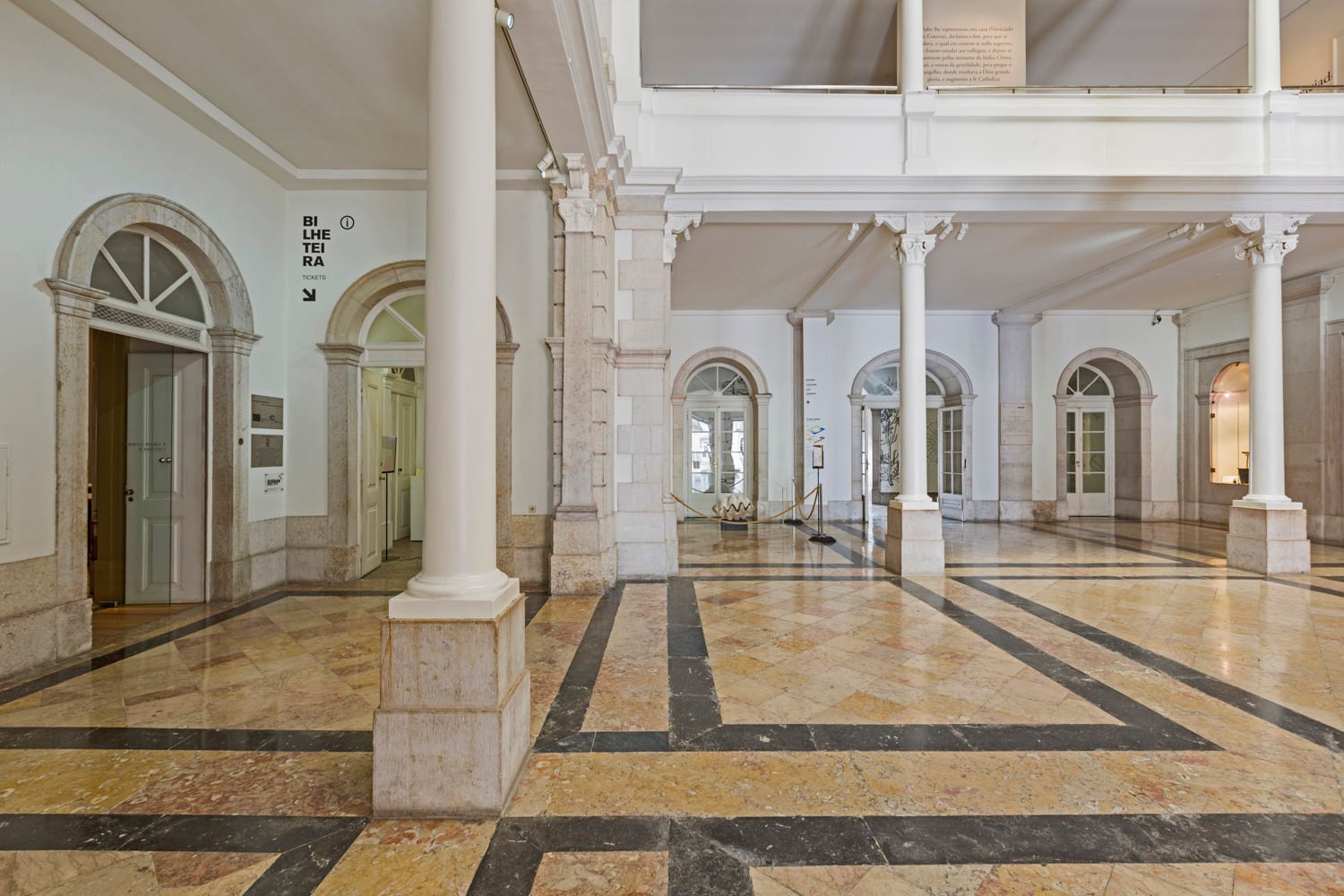
Located in the heart of Lisbon, this museum, which succeeded the Royal Museum of Natural History, created in the 18th century, makes it possible to navigate interactively through several spaces and have access to information about the exhibitions and their history. Virtual visitors can, for example, see the last great chemical laboratory of the 19th century or the emblematic Chimico Amphitheater, while listening to ambient sounds that lead them to imagine themselves in the corridors of the Museum, whose collection has interesting natural history and scientific objects examples. If you are satisfied with the “aperitif” that this visit provides, its Tropical Botanical Garden is a relevant reason that justifies a physical visit to the place. Click here to visit.
Sintra National Palace
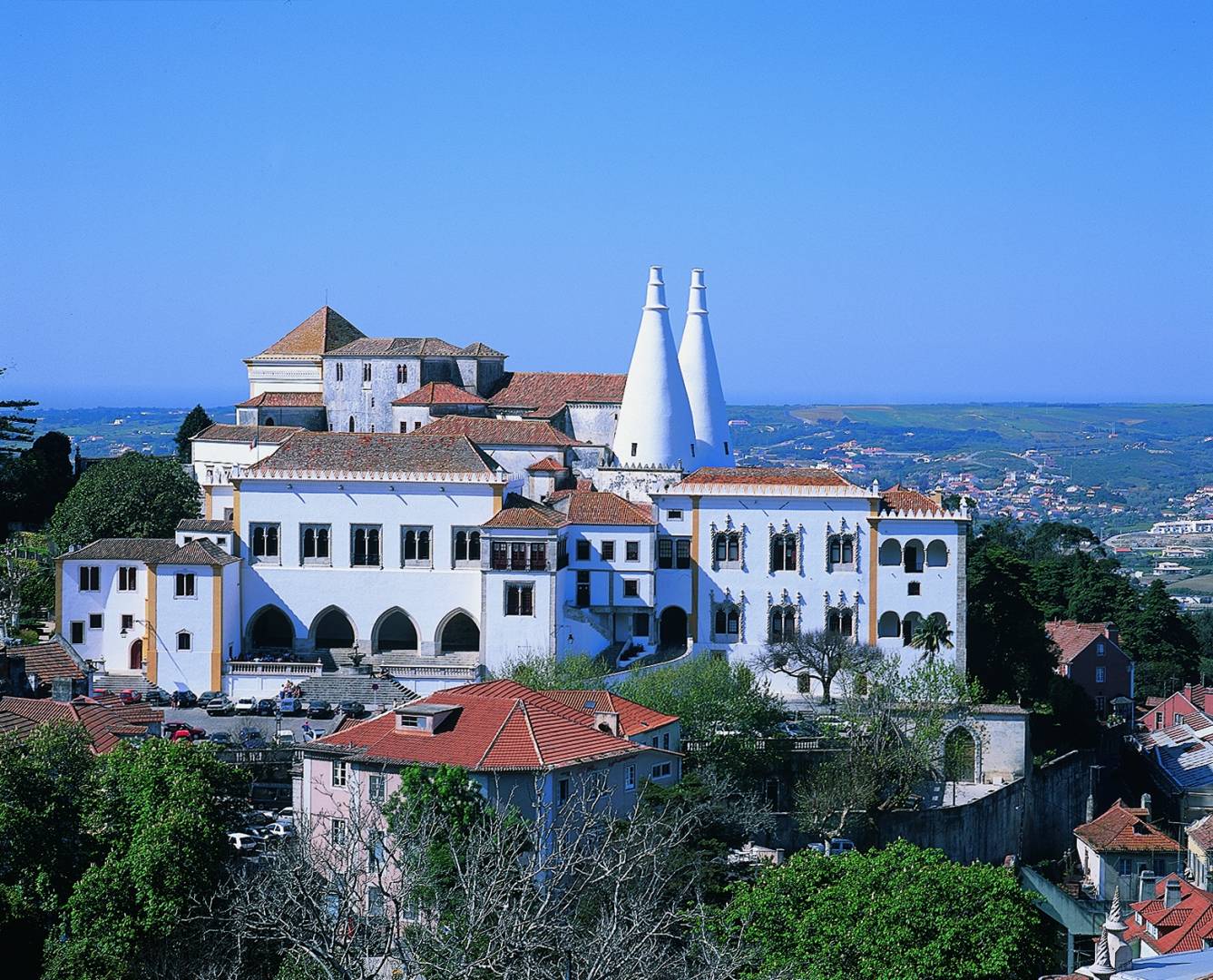
It is located in the center of one of the most romantic villages in Portugal and is easy to identify thanks to its two large conical chimneys of the royal kitchen. It is an important part of the Cultural Landscape of Sintra, classified by UNESCO as a World Heritage Site in 1995, and was the residence of many of Portugal's kings and queens. With a very old foundation, it has adopted various forms over time and currently features a mixture of different architectural styles, in which Manueline and Gothic elements are evident. In the virtual tour, it is possible to see in detail the various majestic rooms, as well as the entrance portico and the Manueline windows, accompanied by descriptions in audio, in text and even in sign language. Click here to visit.
Portel Castle
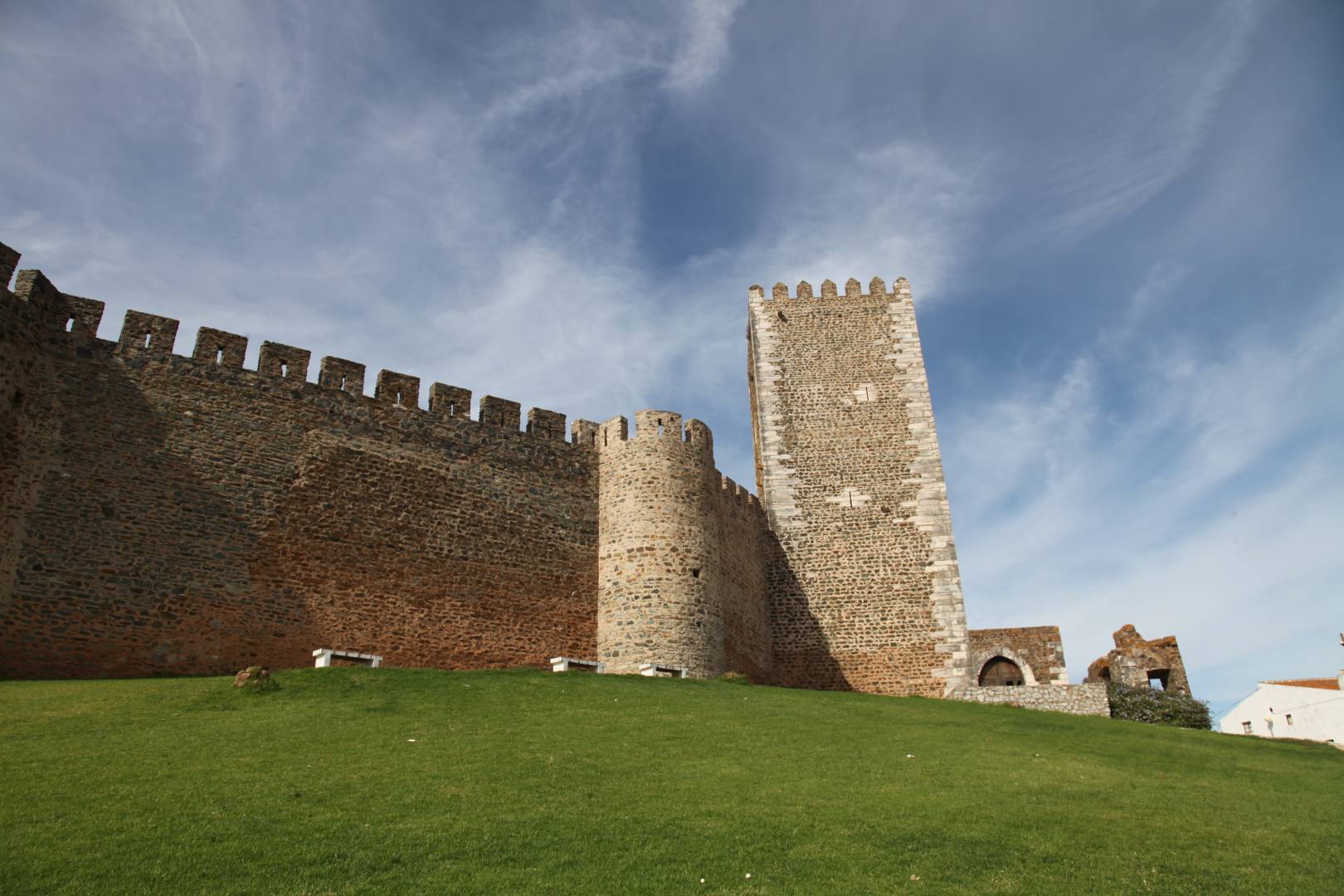
A National Monument built in the 13th century, it is the “ex libris” of the Alentejo village of Portel, which is part of the Évora district. Of Gothic inspiration, it has an unusual heptagonal plan with circular towers at the corners and a distinctive quadrangular Keep, 25 meters high. In the virtual tour, you can explore the exterior and go through the interior of the monument, which is located at a high point, being possible to “climb” to the top of the Keep and enjoy a beautiful panoramic view over the white houses, fields and mountains of the area. In 2021, the Interpretation Center of the Castelo de Portel was inaugurated, which allows you to learn more about the history of the Castle and the municipality itself. Click here to visit.
Vila de Monsaraz
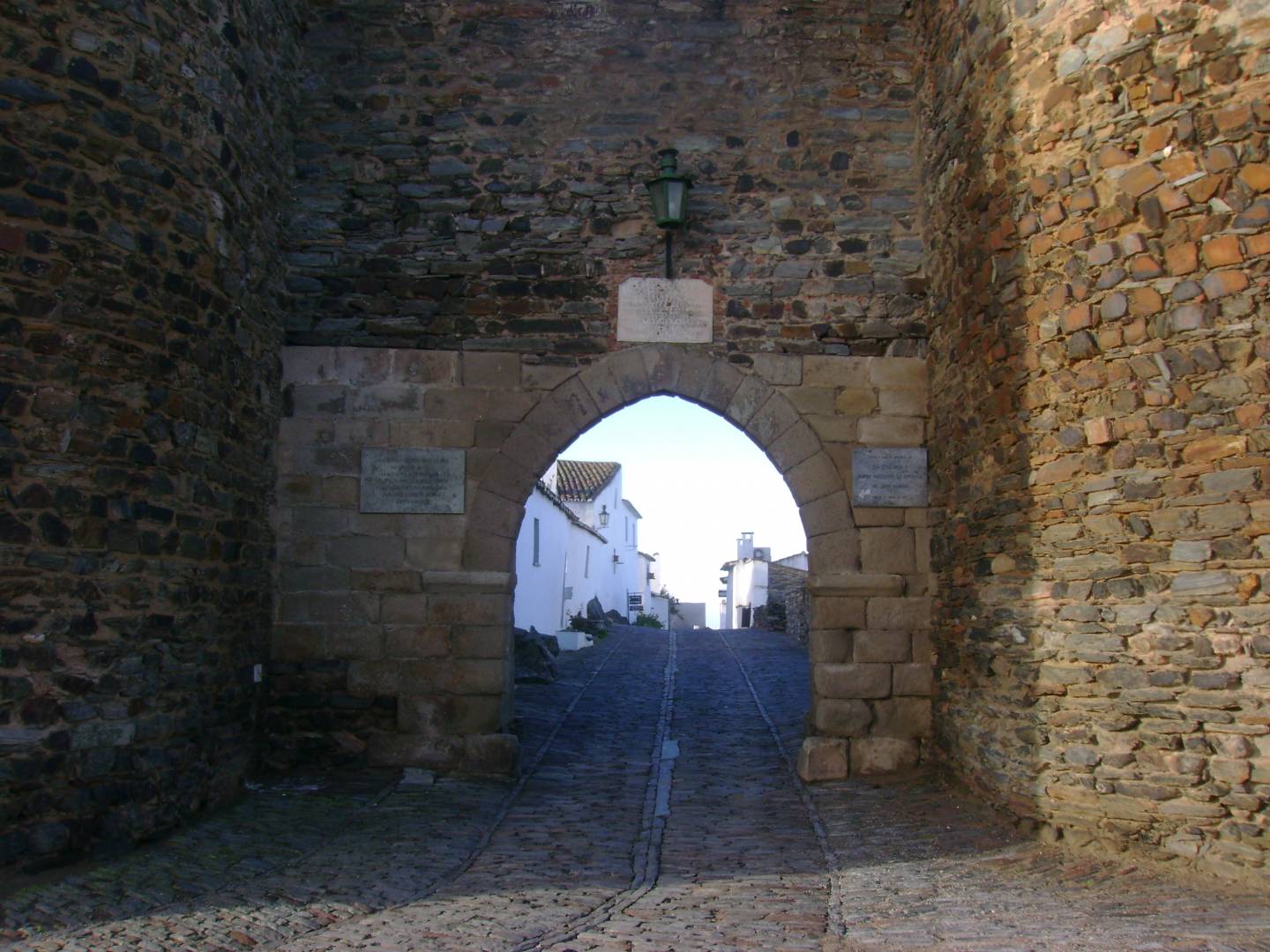
Also in Alentejo, virtual tours are an excellent way to get to know and to be able to “travel” through the most emblematic places of this medieval village, which is part of the municipality of Reguengos de Monsaraz. The 360 degree interactive website is an authentic visit to Monsaraz, through high resolution photographs, videos and real sound, in order to offer a more immersive experience for users. Using technology, much of the history and rich cultural and architectural heritage is revealed, in addition to commercial establishments, accommodation and restaurants. Altogether, there are around 50 panoramic views available of points of interest in and around the village and it is even possible to hear two styles of the traditional Cante Alentejano. Click here to visit.
Recommended
